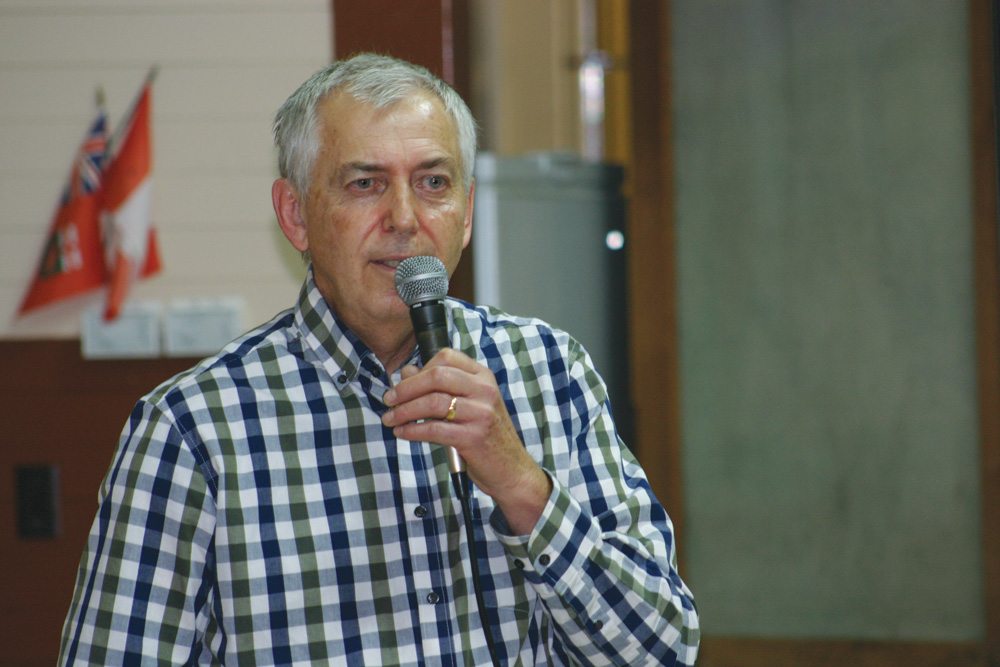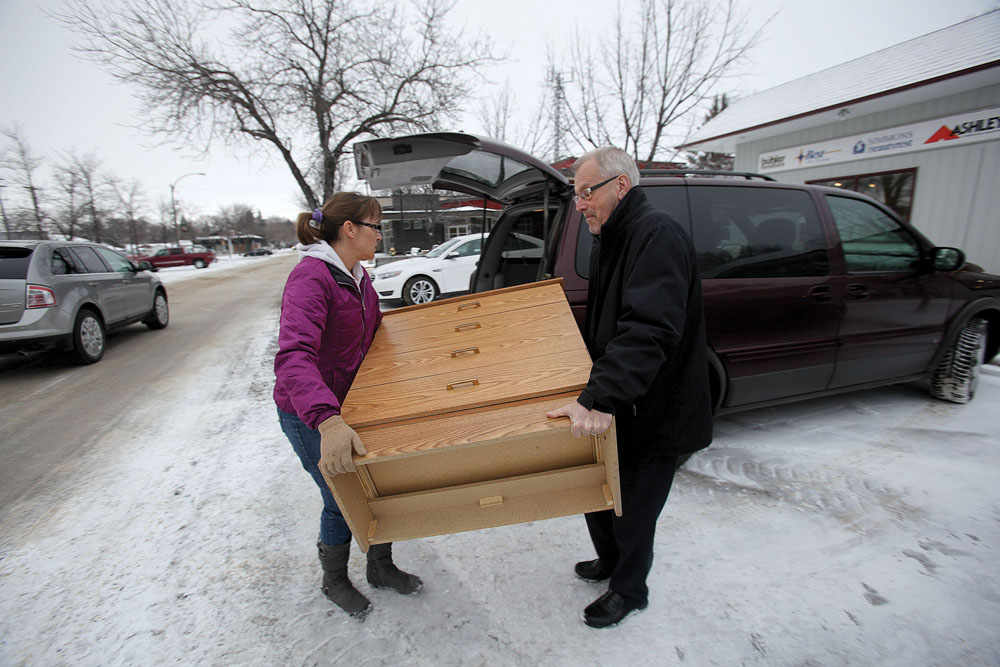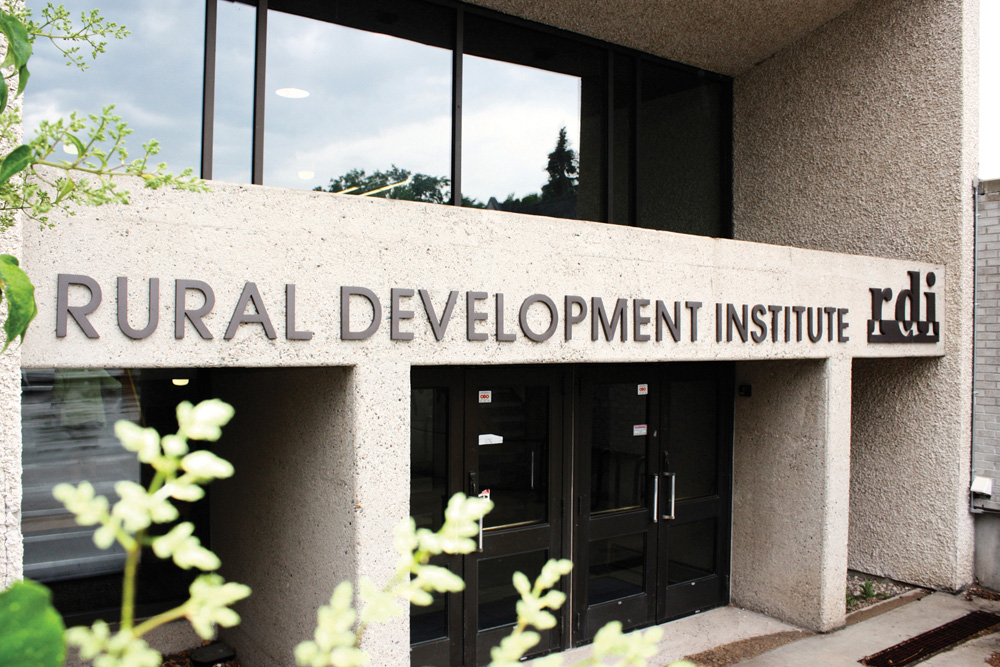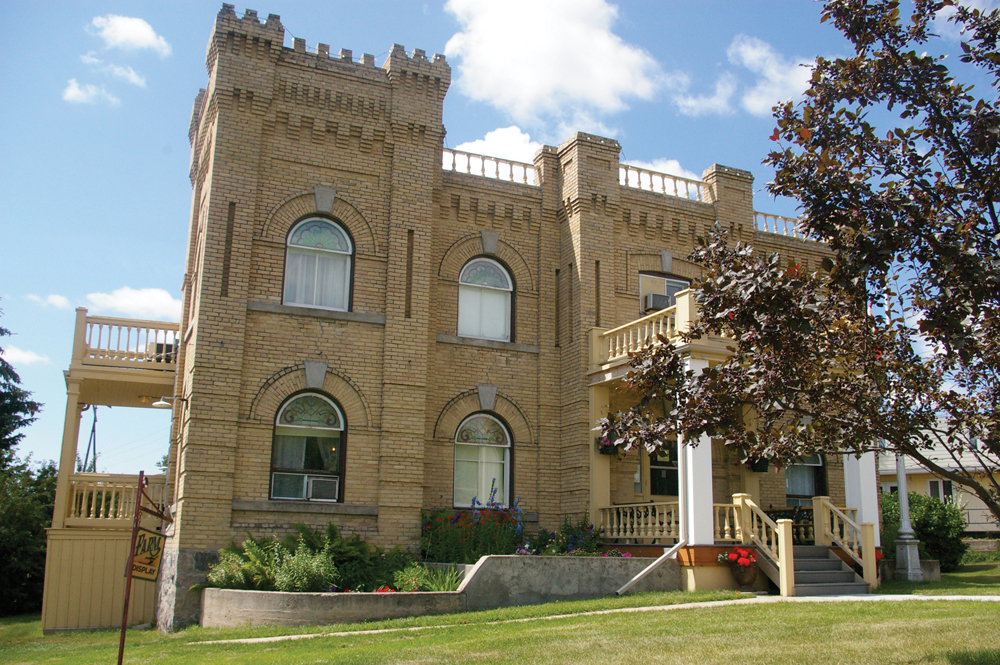Southeastern Manitoba has scored big in their efforts to attract thousands of new immigrants to work in industries there.
Now towns in southwestern Manitoba – Deloraine, Melita and Virden and others – want to attract them too.
“We’ve seen the success stories out of places like Morden and Winkler,” said Shirley Bell, an economic development officer for Deloraine.
“We feel we have the same potential here.”
Bell is also chair of the Southwestern Regional Immigration Committee (SRIC) which recently hosted a day-long conference in Brandon on strategies to attract and settle immigrants to small centres on this side of the province.
Read Also

Giant Canada geese have gone wild in Manitoba
Giant Canada geese are seemingly everywhere and can be fine table fare for local hunters, but 70 years ago, they were borderline extinct.
LOOKING AT KEY AREAS
The SRIC is made up of eight communities and municipalities looking at key areas like housing shortages and settlement services and other strategies for swinging their doors open to newcomers.
Having moved to Canada from Ireland 11 years ago, Bell knows how key a vibrant, welcoming community is to a newcomer.
A dairy farm for sale at Deloraine was what initially attracted them, but the town’s extensive community’s services and a sense that they’d be welcomed is what ultimately made them decide to move here.
They’d have looked elsewhere if those weren’t there, Bell said.
“Even if you had a wonderful farm (to purchase), but the region didn’t cover your needs or cover the services you were looking for, you’d not consider it.”
Yet, SRIC communities’ desire to attract immigrants is tempered by what they know is a tall order to become those open-door, service-rich places newcomers will choose.
For example, small towns sorely lack housing to accommodate new arrivals.
LOW VACANCY
Recent reports in Manitoba show vacancy rates at less than one per cent in some regions.
Small towns also have few or no settlement services for orientating newcomers, with that work now falling to small ad hoc committees of volunteers. The rest of the community may not even be aware new families have moved in.
“Being a welcoming community is not a one-man or onewoman’s or a one-agency’s job. Every community member has a role to play,” says Richard Harder, a senior settlement worker with Eastman Immigration Services in Steinbach.
The welcome has to last beyond the initial “hello” too.
Those first months are critical for people in a new place in forming their impressions, and ultimately deciding to stay or move on, Harder said.
“Retention rests with that.” Javier Vargas, today a finishing service representative with Maple Leaf Agri-Farms now living in Souris, immigrated from Colombia to Canada eight years ago. He also spoke of how critical it is for immigrants to be provided with basic information on arrival – like how to bank, and how to cope with winter.
“It’s really, really difficult to move to a different country,” Vargas said.
MORE INCLUSIVE
Carolyn Kent, owner of a company in Rocky Mountain House, Alberta that specializes in education and training services for newcomers, has worked with the Central Alberta Economic Partnership (CAEP) and Alberta Urban Municipalities Association to help Alberta’s small centres and rural areas become more welcoming as well as more inclusive.
A keynote speaker in Brandon conference, Kent underscored the need for a whole-community approach to make this happen.
“It’s our response as individuals as well as collectively that has an impact on how we’re perceived as a welcoming and inclusive community,” she said.
A recent survey done at the Rural Development Institute RDI has tried to both identify characteristics of a welcoming community and gauge the City of Brandon’s success in being one.
SURVEY
RDI surveyed 405 persons, including long-term Canadian residents, and new residents of Latin American and Chinese origins, asking them to agree or disagree with statements such as “Brandon is a welcoming community,” and “Brandon has a choice of suitable and affordable housing.”
Responses were generally favourable on the welcoming front. Yet, respondents of Chinese origin also reported more difficulties finding housing.
The survey can help communities see themselves from a newcomer’s perspective, said Jill Bucklaschuk, an RDI research affiliate.
“Think about your community and ask if some of these statements or questions were asked in your community, how do you think they would respond?” she asked.
Bell said their committee’s goal is getting it right so more newcomers start to see real prospects for a good life in smaller centres too. Rural communities would benefit hugely from having more of those newcomers currently heading to cities to live, coming to their communities to buy the farms and businesses for sale, and to work in new trades and professions.
“We just see so much more potential in immigration,” Bell said.
The Immigration Beginnings conference was held at Brandon University February 23 and hosted by Southwest Regional Immigration Committee and the Rural Development Institute.














